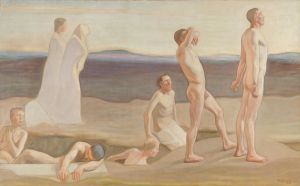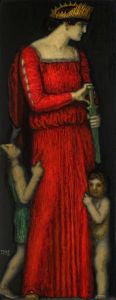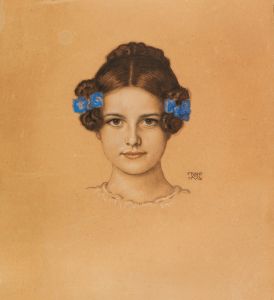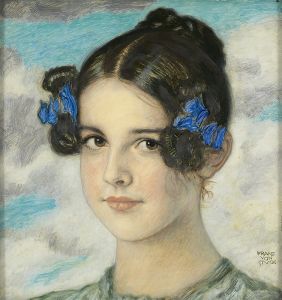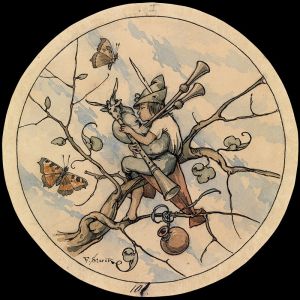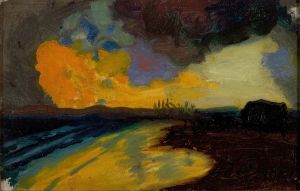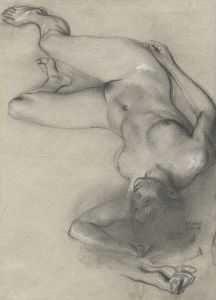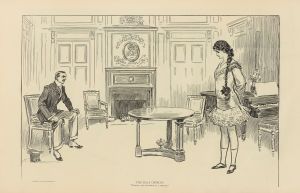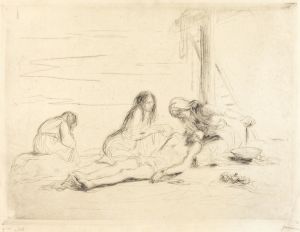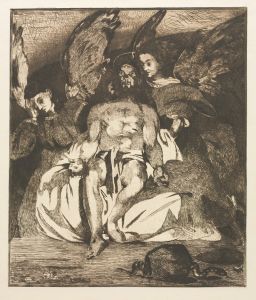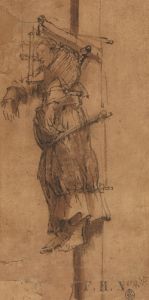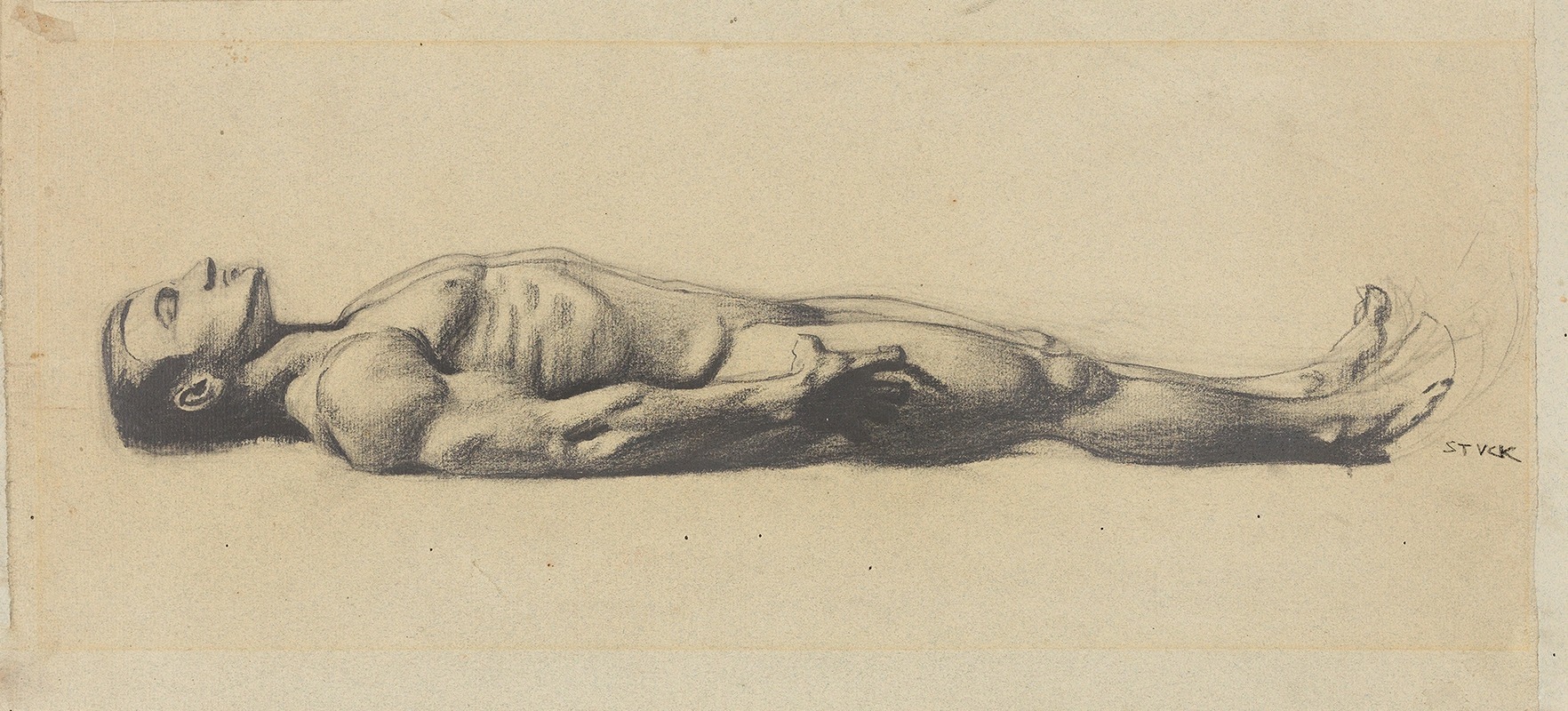
Studie zu einem Leichnam Christi für ‘Pieta’
A hand-painted replica of Franz von Stuck’s masterpiece Studie zu einem Leichnam Christi für ‘Pieta’, meticulously crafted by professional artists to capture the true essence of the original. Each piece is created with museum-quality canvas and rare mineral pigments, carefully painted by experienced artists with delicate brushstrokes and rich, layered colors to perfectly recreate the texture of the original artwork. Unlike machine-printed reproductions, this hand-painted version brings the painting to life, infused with the artist’s emotions and skill in every stroke. Whether for personal collection or home decoration, it instantly elevates the artistic atmosphere of any space.
Franz von Stuck was a prominent German painter, sculptor, and printmaker associated with the Symbolist movement. Born on February 23, 1863, in Tettenweis, Bavaria, Stuck became one of the founding members of the Munich Secession, an art movement that sought to break away from the traditional academic art styles of the time. His work is characterized by its mythological themes, dramatic compositions, and a distinctive use of light and shadow.
One of Stuck's notable works is "Studie zu einem Leichnam Christi für ‘Pieta’" (Study for a Dead Christ for 'Pieta'). This piece is a study, or preparatory work, for a larger composition that Stuck intended to create. The study focuses on the figure of Christ, depicted in a state of repose after the crucifixion, a common theme in Christian art known as the Pieta, which traditionally portrays the Virgin Mary cradling the dead body of Jesus.
Stuck's interpretation of this theme is marked by his Symbolist approach, which often imbued traditional religious subjects with a modern psychological depth. In "Studie zu einem Leichnam Christi für ‘Pieta’," Stuck emphasizes the physicality and humanity of Christ, capturing the solemnity and tragedy of the moment. The study likely served as a means for Stuck to explore the anatomical details and emotional expression necessary for the final composition.
The artwork reflects Stuck's mastery of chiaroscuro, the use of strong contrasts between light and dark to achieve a sense of volume and three-dimensionality. This technique enhances the dramatic effect of the scene, drawing the viewer's attention to the contours and textures of Christ's body. Stuck's attention to detail and his ability to convey emotion through form and shadow are evident in this study.
Franz von Stuck's work, including this study, was influential in the development of modern art in Germany. His exploration of mythological and religious themes through a Symbolist lens contributed to the broader movement of fin-de-siècle art, which sought to express the complexities of the human experience through symbolic and often mystical imagery.
While "Studie zu einem Leichnam Christi für ‘Pieta’" is a study and not a completed work, it provides valuable insight into Stuck's artistic process and his approach to composition and thematic exploration. The study exemplifies his ability to blend traditional subjects with modern artistic techniques, creating works that resonate with both historical significance and contemporary relevance.
Franz von Stuck continued to be an influential figure in the art world until his death on August 30, 1928. His legacy is preserved through his numerous works, which continue to be studied and appreciated for their innovative approach to art and their contribution to the Symbolist movement.





